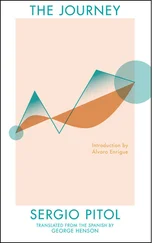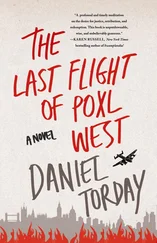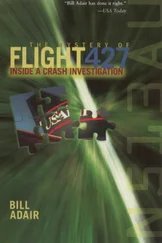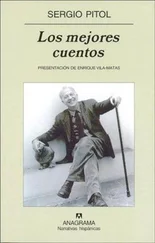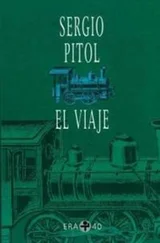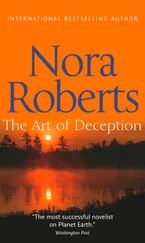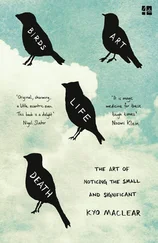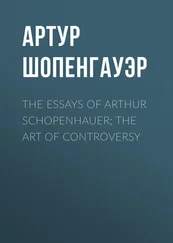The years of disillusionment, frustration, and resentment following the electoral defeat of 1929 play a major role in the development and content of the narrative about his life he would soon undertake. Upon leaving Mexico he discovered that his intellectual stature lacked the dimension he attributed to it, deluded by the arrogant conviction of his greatness, the blind devotion that his disciples and closest collaborators rendered, and, also, by the praise of some foreign intellectuals who had been invited to Mexico during his term as secretary.
Dialogue was not his forte, it never had been. One of the few childhood friends who dared to address him during the height of his career with the same familiarity as years before, during the period of the legendary meetings of the Mexican Youth Athenaeum, was Alfonso Reyes, who in a short period of particularly active correspondence offered the following advice: “…as I am in conversation with you, I am rereading some of your things, as I want to absorb everything you have published all at once, before continuing with my Hindustani studies. I must make two caveats that my experience as a reader demands: first, try to be clearer in defining your philosophical ideas; sometimes you only say half of what you should. Rise above yourself: read yourself objectively, do not allow yourself to become bogged down or consumed by the course of your feelings. To write you must think with your hand also, not just your head and heart. Second, put your ideas in successive order: do not insert one into another. You have paragraphs that are confusing by dint of addressing completely different things, and that do not even seem to be written seriously. One thing is the vital order of ideas, the order in which they are generated in every mind (which is only of interest to the psychologist and his experiments), and another is the literary order of ideas: which should be used, like a language or common denominator, when what we want is to communicate with others.” Following this direct and cordial advice communicated in a letter of May 25, 1921, the tone of their correspondence continues to cool over a period of years to the mere exchange of formal, friendly cards.
While in exile, Vasconcelos visits José Ortega y Gasset in Spain, who received him and some close disciples in his office. Shortly before his death, Vasconcelos expressed disappointment at the meeting: “He did not make a good impression on me, nor I on him.” There could be no dialogue: the Mexican’s philosophical tools — a composite of vitalism, irrational energy, Bergson, Hinduism, Schopenhauer, refutations of Nietzsche, messianism, Dionysian exaltation — all nineteenth-century concepts, at time taken from second-rate treatises — in no way reconciled with the philosophical discourse that Ortega had resolved to introduce in Spain through the journal Revista de Occidente . In Buenos Aires, one of his former strongholds, he was considered by modern writers to be a completely dispensable figure, an eccentric character, irascible and obsolete. His old liberal and socialist friends no longer interested him, and the group from the journal Sur , where his companions from the Athenaeum, Reyes, and Henríquez Ureña, were like fish in water, represented for him the caste of literati “preoccupied with the trivialities of style,” which he hated. He began touring the world, like a ghost, and that wandering deeply colors the emotional and conceptual content of his memoirs.
The more distant Creole Ulysses is from the present, the more imbued it becomes with a brilliance, a passion, and an innocence that do not appear in subsequent volumes. It is, from beginning to end, the account of a sentimental education and a chronicle of numerous initiatory experiences. It is the transcription of the astonished gaze of a child who engages in the task of becoming acquainted with and recognizing the world; a task that is renewed in each of the character’s biological changes. The world is real, there is no doubt; what differs, and therein lies one of the largest enigmas of this formidable book, are the perceptions that the author attributes to the character: the child, the adolescent, the young student, the successful professional, and, later, the revolutionary he was before writing the book. Not only do the opinions disagree, they are often radically different from those he sustained in letters, books, speeches, and interviews before 1929.
The only explanation that comes to mind is that Creole Ulysses belongs to a different genre than the other three books that make up his so-called Memoirs . Is it really an autobiography? Creole Ulysses is usually included in collections of “novels of the Revolution,” while in literary histories it is placed in the same section with Luis Martín Guzmán’s Shadow of the Caudillo and Maríano Azuela’s The Underdogs . Historians of literature and critics are right. Creole Ulysses can be a novel whose protagonist is called José Vasconcelos, just as the main character in In Search of Lost Time is called Marcel. Both authors fictionalize their circumstances, their setting; they linger on their love for their mother and on other loves; they narrate their initiation into an aesthetic universe, their passion for Bergson and a thousand other situations. If they had met, they would not have had anything to do with each other; on the contrary, it is much more likely that they would have despised each other. And even though they never met, Vasconcelos was viscerally repulsed by Proust the figure and his style. Just as Swann’s Way is a work of fiction closely linked to Proust’s real life — a life that is filtered, distorted, created with liberties that characterize the novelistic creation, which the historian or memoirist cannot take — in Creole Ulysses the Mexican author fashions and recreates at his discretion a series of events he has lived. The character José Vasconcelos inherits from the author José Vasconcelos his temperament and messianic vision, as well as many other coincidences: date of birth; parents and siblings; travels around the country and to cities of the world; an insufferable wife; and a mistress named Adriana who drives him mad daily; his studies and mutual friends; and the same revolution in which author and protagonist do battle and triumph and are ultimately defeated. The objective circumstances may be identical, but the novelist can afford to breathe into his creature feelings, emotions, ideas, philias, and phobias that are radically different from his own. This is what the novel is for! Under the guise of establishing the novelistic nature of his character, Vasconcelos makes him proffer opinions that he, the author, did not sustain during the time in which he situates them. To accomplish this, “he develops a theory of social resentment that he applies to his earliest memories,” as the Argentine Noé Jitrik points out.
If anything gives unity to the account, it is the process of constructing a will and the incessant exercise of that will in shaping a destiny. “Will can move mountains” is the motto of Ibsen’s Peer Gynt, a character with whom Vasconcelos identifies on more than one occasion. They are wedded by the use of a superhuman power to forge their destiny. Both conceive of themselves as creators of a personal future outside the normal where even chance is a product of energy itself. “The art of bravery in act, is this: to stand with choice-free foot amid the treacherous snares of life.” 28That statement by Gynt seems to govern the entire existence of our Ulysses, and he employs it consciously in the organization of his memories.
Like characters in Stendhal — an author whom he loathed with the same intensity with which he despised Proust, Flaubert, and Mallarmé—Vasconcelos knew, very early, that will is all that is opposed to reality no matter how steely and impenetrable the latter may be. And he builds his life around this conviction. If reality conquers him, his will ignores the defeat. The result: an unpredictable personality even for himself. He never imagined, for example, that his autobiographical books would, from the moment they appeared, reduce the rest of his work to nothing. His Aesthetics comes out the same year as Creole Ulysses . He is convinced that this treatise is the culmination of his philosophical thought. He places all this faith in it and not in Ulysses . However, the autobiography rendered dead that collection of reflections on art and nature. It could not be otherwise: an egotist of such dimensions could only capture all of his powers in the story of his life.
Читать дальше

